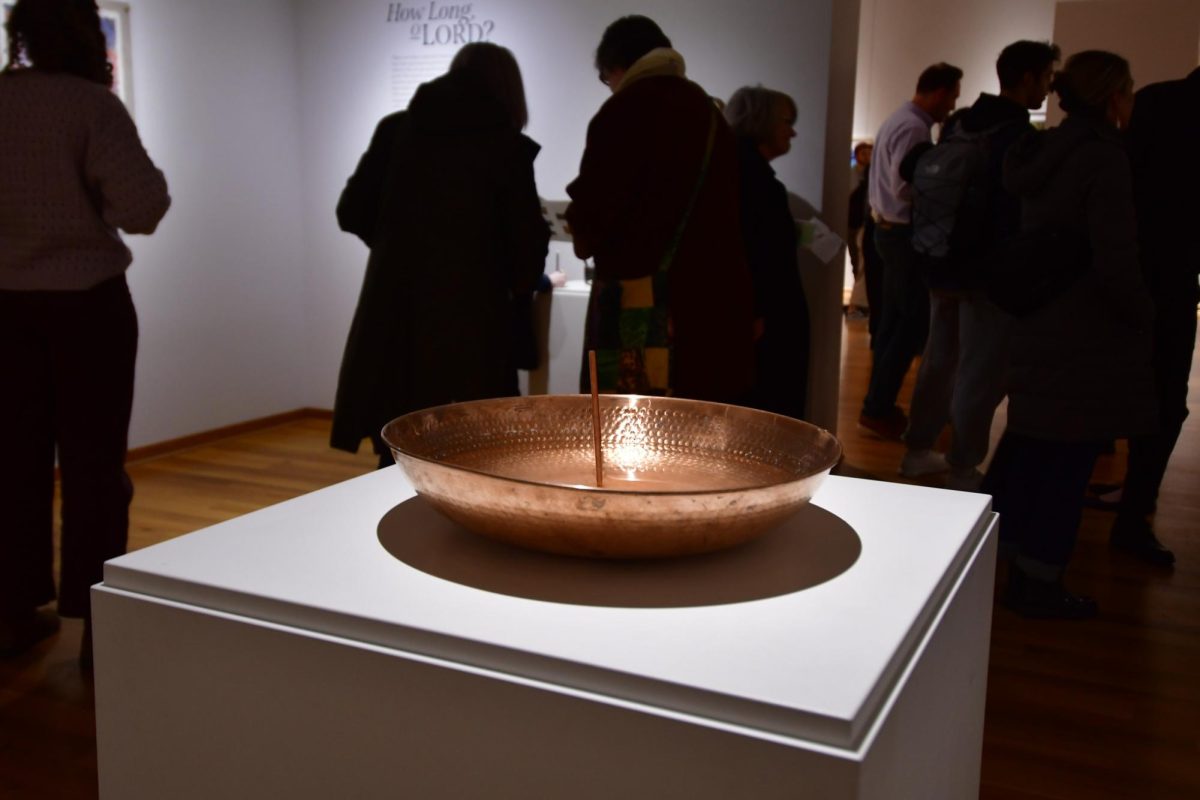Most of the music I keep closest to me, that I love most, is sprightly and adventurous. I respond to huge dynamic shifts, magnetic beats, and sonic density. That is, I like my music to be light on its feet but full of imaginative twists and turns. That might be a symptom of a short attention span, though I am far from incapable of listening to long, stately symphonies or slowly unfolding minimalist pieces. Perhaps the hardest music for me to appreciate is solemn music. That is why, approaching Martin Hoper’s latest album “The Bride,” I was somewhat apprehensive. In the end, I found my fears unfounded. This is an album that I appreciate more the more I listen to it, its complexities understated and its playing never ostentatious.
This album originates from Sweden, which in part explains both its mournful and adventuresome qualities. Scandinavia has been one of the richest veins of new jazz music for more than a decade, and many of that region’s noted groups (I’ve previously reviewed Verneri Pohjola’s “Aurora” in this publication, which shares many qualities with “The Bride”) have established a sound that draws on the melancholy of the blues while exploring a more open and spacious vibe than I would expect from contemporary American bands. In this case, the album navigates many traditional song forms, including marches, waltzes, and ballads, but infuses them with emotional depth and intelligence that emerges through the instrumental conversations.
Hoper, the leader and bassist, is normally content to pluck out rhythms in tandem with drummer Chris Montgomery. Some songs, notably “South 3rd Saudade” and “The Boys in My Hood,” have fairly consistent drum patterns that act as an anchor for a more austere song. On livelier tracks like “Cilantro” and “Calibanos,” the saxophonist Linus Lindblom’s clear, blues-inspired playing rarely attempts mind-blowing speed, instead acting to sculpt a particular vibe. He holds many notes far longer than jazz saxophonists tend to, and it has the effect of holding down time. When Lindblom does exude more energy, he has the element of surprise, and I came away from this effort convinced of a real talent. His ability to converse with and play off of the rhythm section, and especially his close connection to pianist Jonas Ostholm, makes him a real standout.
I want to return to the leader for a moment, because there are moments when the bassist breaks out and soars on his own. There is an unaccompanied bass solo that takes up the first minute of “Muttileinen,” and in that time he not only holds my attention but captures all the emotions of the track with only a few notes.
Even when there is a bit more pep in the tracks, the dominant mood is sadness or wistfulness. Many of the tracks are titled with place names and evoke a strong sense of nostalgia. None of this will get you moving and none of it reaches into truly new territory, but it comes off with such elegance that I don’t much care. It carves out a distinctive place and mood and successfully flourishes in that space for around forty-five minutes. Nothing world-changing, but in terms of musicality and mastery of mood this album is more than merely competent.





